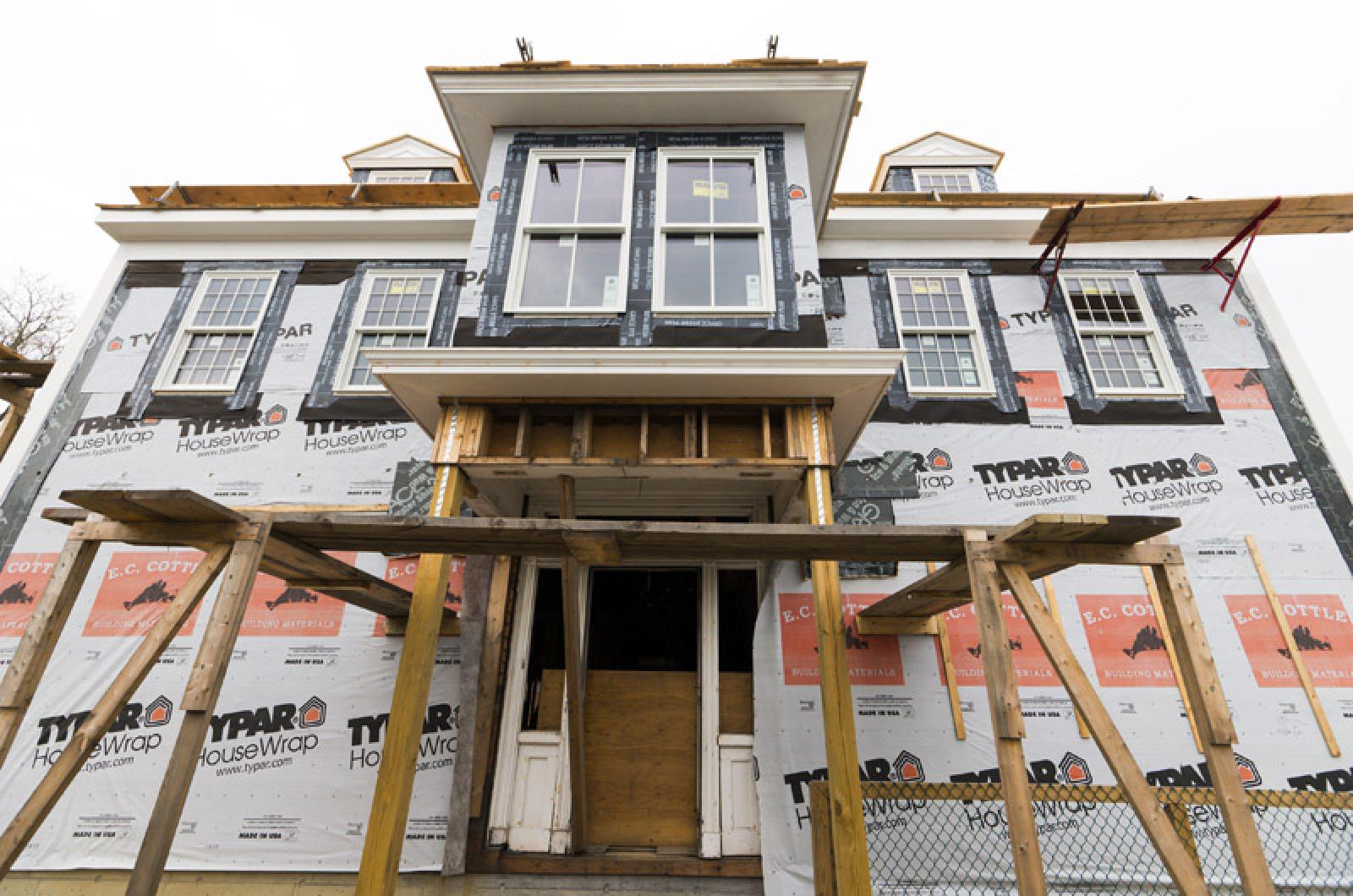New data from the American Communities Survey show an aging Island with a continuing housing crisis and some of the deeply ingrained inequality affecting the rest of the country.
The annual surveys are conducted by mail, phone and personal visits, and provide detailed portraits of towns, cities and states. They are a supplement to the surveys conducted every 10 years by the U.S. Census Bureau, and help governments and other groups decide how to allocate funding each year.
Data for 2014 was released in December and is aggregated into five-year estimates for Dukes County, including Gosnold. Larger communities use one or three-year estimates. The survey covers many categories, including demographics, housing and occupation.
Some of the data is highly specific. Most people on the Vineyard, for example, drive to work alone between 7:30 and 8:30 a.m., and have commutes of less than 20 minutes; about twice as many women as men are estimated to work from home.
The population of Dukes County increased from 16,155 in 2010 to 16,915 in 2014. But within that increase are more subtle changes. The elderly population (65 and older) continues to expand, while people aged 35 to 49 were leaving the Island in a steady trickle between 2010 to 2014.
Dukes County shares many of the same characteristics as the commonwealth, including a median worker income of about $37,500 and a labor force of about 65 per cent. As with the state population, almost everyone aged 10 to 17 was in school, although only 46 per cent of 18-to-24-year-olds were in college or grad school, slightly less than the state average of 54 per cent.
In many cases, a wide margin of error makes it hard to draw solid conclusions, but in other cases the numbers are more precise.
The surveys draw sharp distinctions between Dukes County and the state as a whole, including the constant uphill battle many people face in seeking affordable year-round housing on the Vineyard.
Of the 17,347 housing units counted over the most recent five-year period, more than 65 per cent were vacant at the time of the surveys. Meanwhile, vacant units made up only 10 per cent of the total housing stock in the state. The number of housing units here is slowly increasing, but so are the vacancies.
Half the housing units on the Island were built after 1980, according to the survey, with 20 per cent built prior to 1939. Of the 5,839 occupied units, only 22 per cent were rentals, compared to 38 per cent statewide. And 90 per cent of all homes were single, detached units, compared to the state average of about 50 per cent.
The median rent on the Vineyard was only a few hundred dollars more than the state average of $1,088, but almost half of the tenants paid rents of more than $1,500 — higher than what would be considered affordable for people earning the median income.
Almost three quarters of all units were valued at $500,000 or more, compared to just 21 per cent statewide. And 60 per cent of homes with a mortgage had monthly payments of more than $2,000. About 40 per cent of all renters were paying more than a third of their income on housing.
Other areas of the survey pointed to challenges beyond the housing hurdle.
In the county as well as in the state, men continued to earn significantly more than women ($9,000 more in terms of median income), despite having similar levels of education. Men accounted for more of the full-time, year-round labor force, but the gender gap was evident within many fields and education levels.
But here the gap appears narrower than across the state. Women without a high school diploma, for example, earn about $10,000 more than their male counterparts, while statewide they earn about $8,000 less. Statewide, women with college degrees earned $23,000 less than men (for ages 25 and up), compared to $8,000 less on the Vineyard. Males and females alike were more likely to have college degrees here than in the state.
The survey also provides general income statistics. More than 60 per cent of Island workers earned between $25,000 and $65,000 per year, with 8.5 per cent earning more than $100,000. Statewide, those figures were around 49 per cent and 19 per cent, respectively, suggesting a larger middle class on the Vineyard, at least year-round. Incomes of more than $100,000 were not defined in the survey.
Poverty was on the rise in the state, but more so in Dukes County, with 11 per cent of the population, or 1,991 people, below the poverty line — up from around nine per cent in 2010. Inequality stood out clearly in this category, which included about twice as many women as men. Families with black or Native American householders were more likely to experience poverty than families with a white householder, although the data set from that part of the survey had a wide margin of error.
Still, only about two per cent of Island households used food stamps, possibly reflecting a cut in the Supplemental Nutrition Assistance Program (SNAP) in 2013, and also the success of food distribution networks on the Island. Statewide, about 12 per cent of households used food stamps between 2010 and 2014.
Veterans made up about six per cent of the population here, compared to seven per cent statewide. About 20 per cent of veterans had a disability, but unemployment among veterans was only about three per cent — lower than the county-wide average.
The county-wide unemployment rate was about five per cent, down from six per cent in 2010 and lower than the five-year state average of seven per cent.
For more information and full data sets for communities and states across the country, visit factfinder.census.gov.




Comments (2)
Comments
Comment policy »